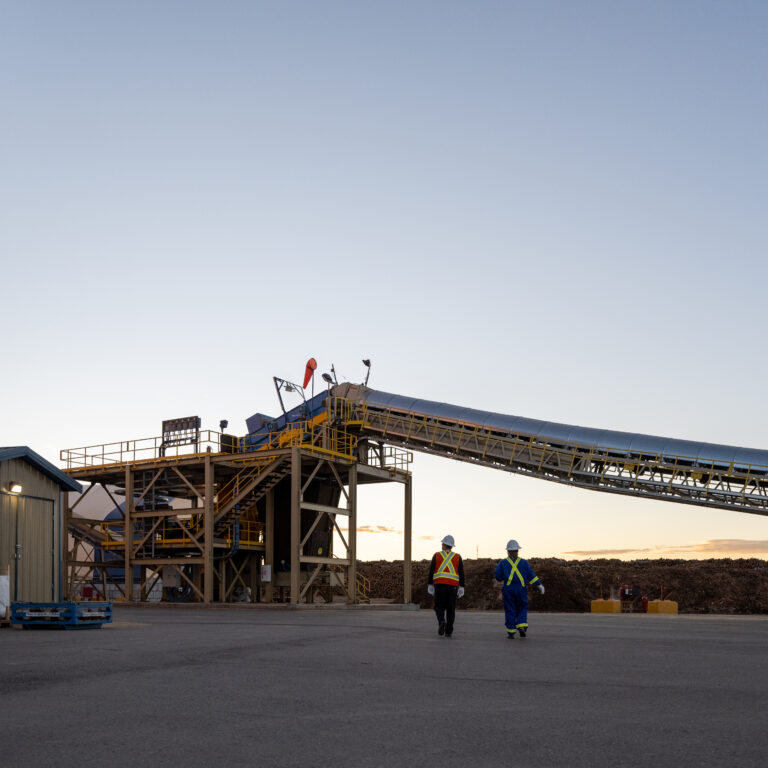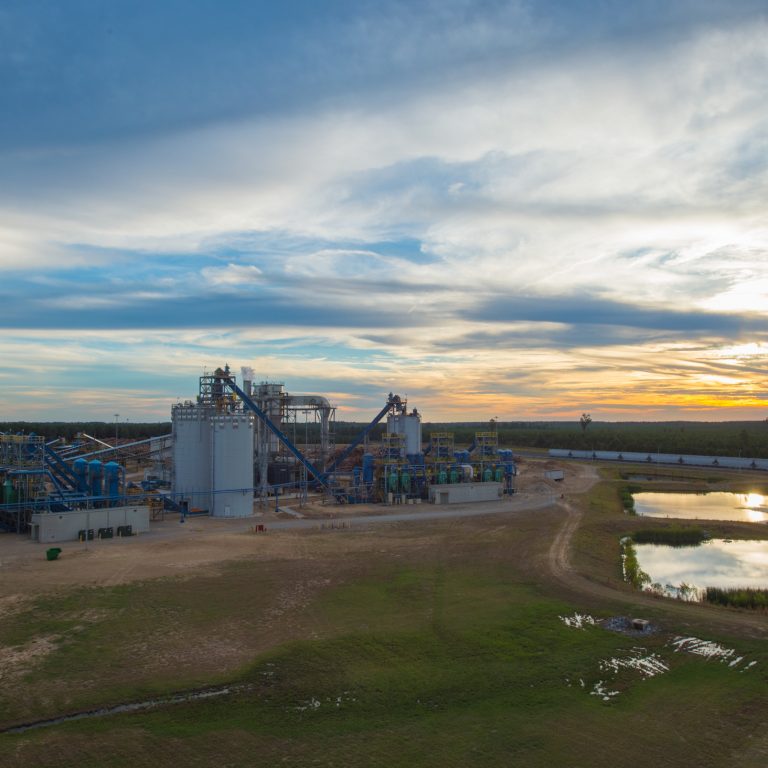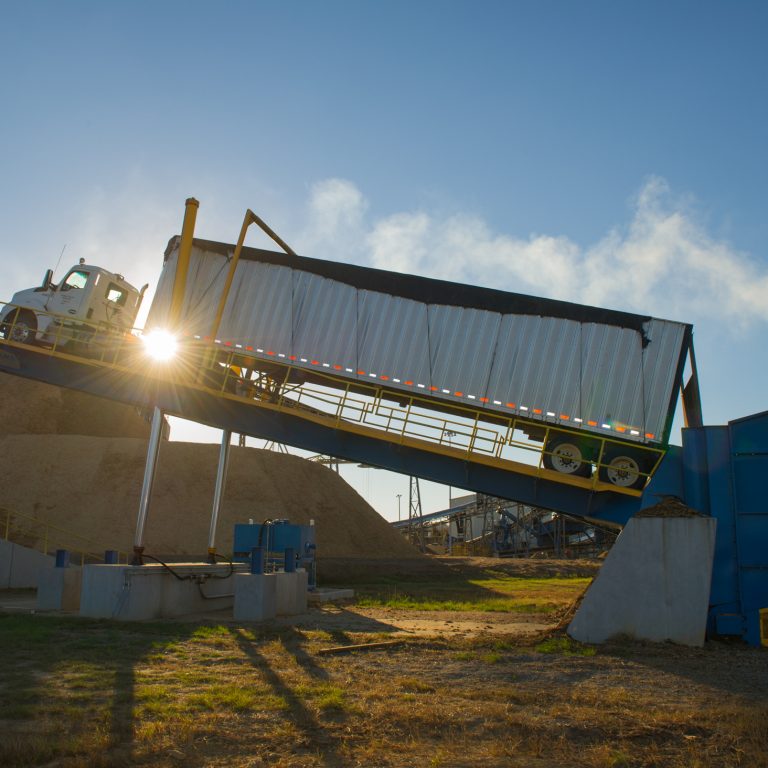Renewables make up more of the world’s energy mix than ever before. And yet, misconceptions about these new or alternative technologies – such as biomass, solar and wind – are common.
Some of these concerns are – for the time being – partly justified, some completely subjective, and some are demonstrably wrong. Here’s a closer look at the most pervasive myths and what truth there is behind them.
Renewables are unpredictable
An oft-repeated misconception is that renewables aren’t a full-time solution to our power needs. It’s true that solar isn’t generated at night and wind turbines don’t operate in still weather, but the canon of renewables is bigger than its two most well-known technologies.
Tidal power still depends on environmental factors, but tides are much more predictable than wind or sunlight. For countries lucky enough to have ready access, geothermal power – which uses heat from the earth’s core to power generators – is even more reliable.
Biomass solutions, such as compressed wood pellets, are a fuel-based power source, meaning they are flexible so can be used to generate electricity on demand and operate as a base-load power option, much like coal or gas. At Drax Power Station renewable electricity is generated on demand using compressed wood pellets and delivered to the National Grid 24-hours-a-day.
Now, thanks to advances in weather forecasting, the National Grid can plan ahead to balance the system with other renewable and low carbon technologies when the sun isn’t shining and the wind isn’t blowing. Just a few years ago the primary fall back was relying on coal power stations to pick up any slack.
It might not be possible to power the world entirely with one renewable source, but the right mix of technologies could provide an answer to the question of how to ensure a stable and secure low carbon energy supply.

Renewables are expensive
There is some truth in this, but it’s important to note that these costs are falling. Many of the high costs associated with renewables have been down to a lack of infrastructure investment.
A number of the components required in construction of structures like wind turbines and solar panels are expensive. And, as many renewable facilities need to be located in different areas to existing traditional facilities, extensive power grid extension is often needed. But these are problems that once set up, should bring down the costs of renewables such as solar and wind.
Setting up biomass-powered facilities is considerably cheaper. Compressed wood pellets can be used in upgraded coal power stations, so there’s no need for expensive new connections to the high-voltage electricity transmission system.
There are even ways renewables could bring about cheaper power for consumers. Research commissioned by Drax and published by NERA Economic Consulting and Imperial College London found that, if the same government support offered to some renewable technologies (i.e. wind and solar) were open to all (such as biomass), consumers could see potential savings of £2 billion on their energy bills.
Renewables are ugly
While this isn’t necessarily an opinion shared by everyone, it is one that is often cited. Onshore wind farms often draw the most ire, but they aren’t alone. Large investments are being made in offshore wind farms, which are both more discrete and better positioned to take advantage of stronger offshore currents.
And hydropower projects like dams and tidal barrages can in the long term create whole new habitats, ecosystems and leisure facilities in the form of artificial lakes and surrounding forests.
Nobody uses renewables
In 2015, 99% of Costa Rica’s electricity came from renewable sources, including hydro, geothermal, wind, biomass and solar. Closer to home, Sweden draws more than 50% of its electricity from renewable sources, including 22% from bioenergy – 90% of which comes from forestry.
In the UK, renewables use is steady and rising, accounting for 25% of all electricity generated domestically in 2015. In the first half of 2016, 20% of the UK’s renewable power was supplied by Drax. Contrast those figures against coal, which in the UK declined from supplying 30.8% of UK power needs in Q1 2015 to just 15.8% in Q1 2016, and our increasing use of renewables is even more evident.
Consumers have been buying 100% renewable electricity tariffs from companies such as Good Energy for more than a decade. Businesses are increasingly getting in on the act too. Two thirds of the power generated by Drax in the first half of 2016 was sold directly to companies via Drax Group’s business electricity supplier, Haven Power.
And with campaigns such as RE100 challenging the world’s biggest firms to commit to renewable-only power, household brands such as Ikea, M&S and Google are either already 100% renewable or only a few years away.
Misconceptions about renewables will remain as long as we’re still in the transition out of fossil fuel use. But the industry has made huge strides from where it was just 10 years ago.
Thanks to better, more affordable technology, an increasingly friendly corporate sector, and a greater awareness of environmental issues at large, these products and services will continue to improve, grow and increasingly becoming more mainstream.













